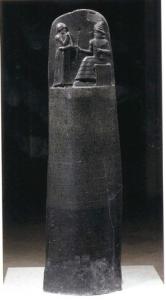Lewis Spence on the Great Temples of Babylonia
“This outline of the history of E-Kur will serve for that of many other Babylonian temples. The temple of Shamash at Sippar, which was known as E-babbara, or the Brilliant House, can be traced back as far as the days of Naram-Sin.
This was also restored by monarchs of the Kassite dynasty, but the nomadic tribes, who ever threatened the peace of Babylonia, made an inroad, scattered the priesthood, and destroyed the great idol of Shamash.
It was nearly 500 years after this that the Brilliant House was restored to its former glory by Nabu-baliddin. Nebuchadrezzar rebuilt portions of the temple, as did the last King of Babylonia, Nabonidus, who scandalized the priests of Babylon by his preference for the worship of Shamash.
We shall remember that one of the principal centres of the cult of the moon was at Ur, the city whence came Abram the Patriarch, and it is probable that he was originally a moon-worshipper. Another such centre of lunar adoration was Harran.
These places were regarded as especially sacrosanct, as the moon-cult was more ancient than that of the sun, and was therefore looked upon with a greater degree of veneration. Both of these cities possessed temples to Sin, the moon-god, and in them astrology and stellar observation were enthusiastically carried on.
Harran was more than once overrun by the fierce nomadic tribes of the desert, but its prestige survived even their destructive tendencies.
The temple of E-anna at Erech, dedicated to Ishtar, was one of the most famous sanctuaries in Babylonia. It is alluded to in one of the creation legends, as were also the temples at Nippur, as ‘The bright house of the gods.’
The temple of Merodach at E-Sagila and that of Nabu at E-Zida were inseparably associated, for a visit to one practically necessitated a visit to both. An original rivalry between the gods had ended in a species of amalgamation, and together they may be said to have symbolized the national religion of Babylonia. Indeed so great was their influence that it can scarcely be over-estimated.
The theological thought of the country emanated from the schools which clustered around them, and they were the great literary centres of Babylonia, and thus the progenitors of Assyrian culture.”
Lewis Spence, Myths and Legends of Babylonia and Assyria, 1917, pp. 249-50.


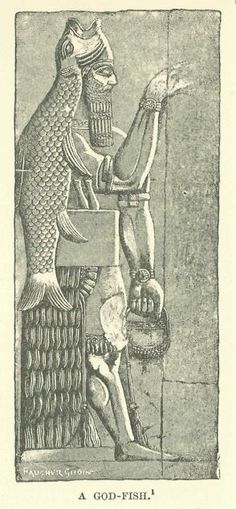
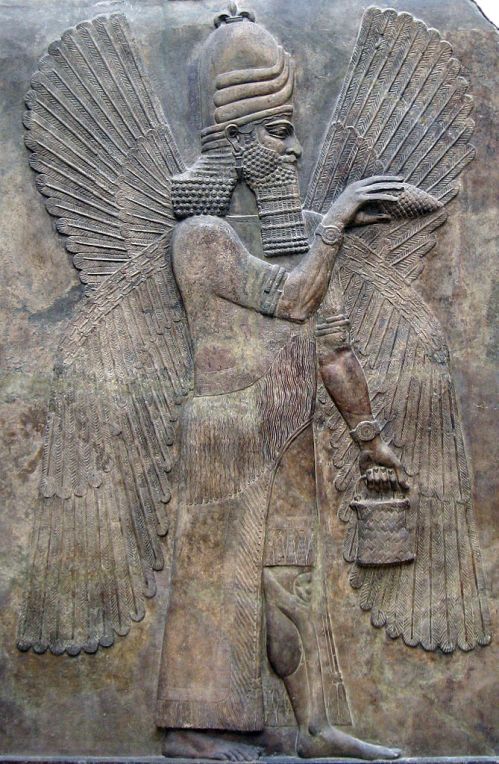

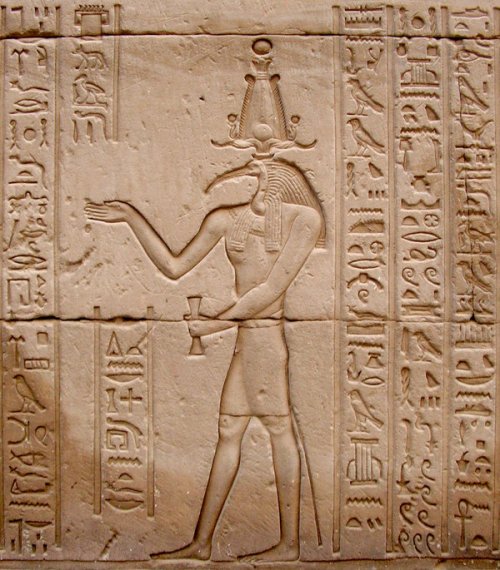
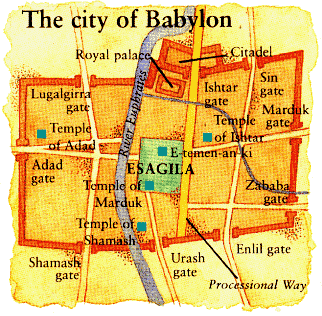

 .
. , Ilu Nagar Ilu Nagar, i.e., “the workmen gods,” about whom nothing is known.
, Ilu Nagar Ilu Nagar, i.e., “the workmen gods,” about whom nothing is known.

